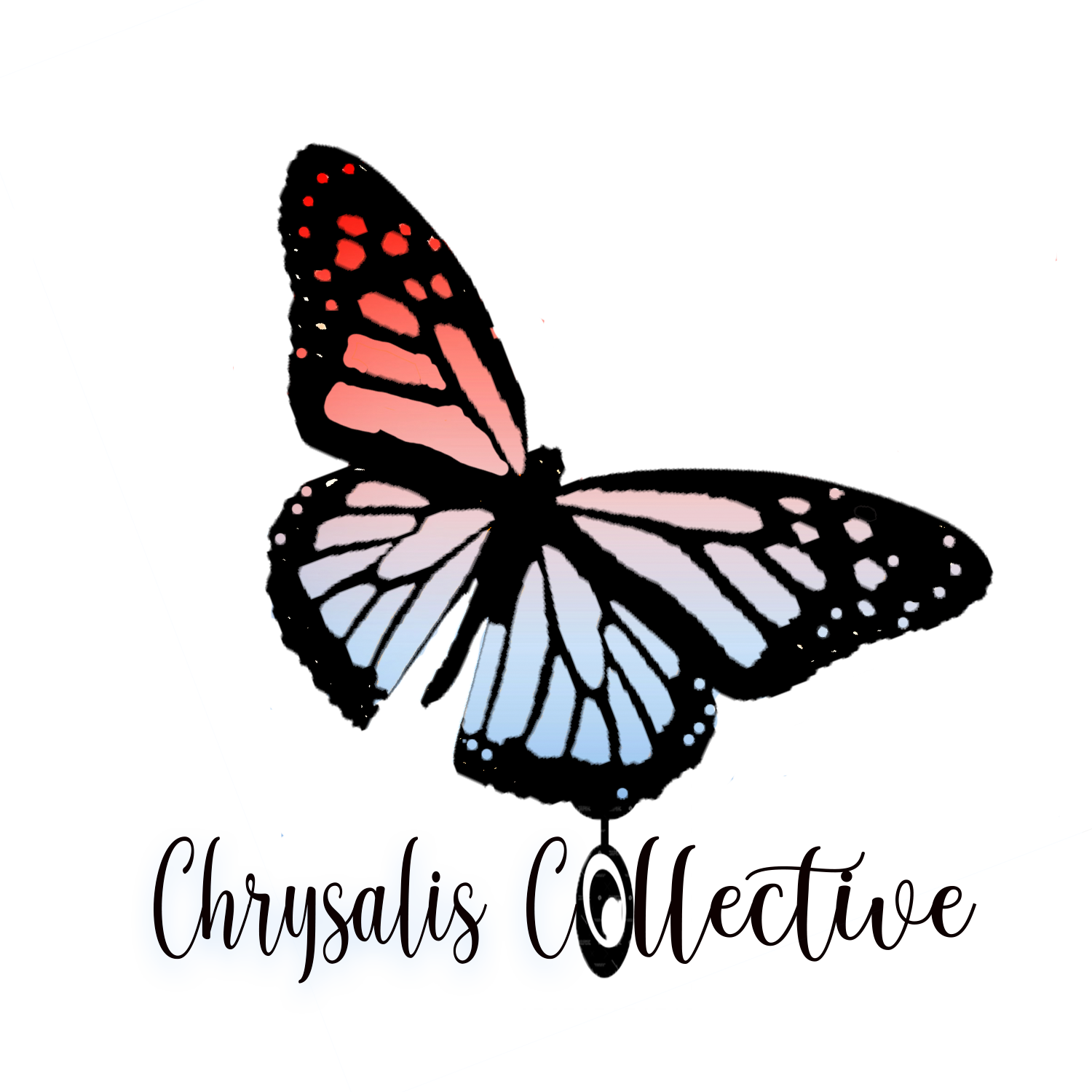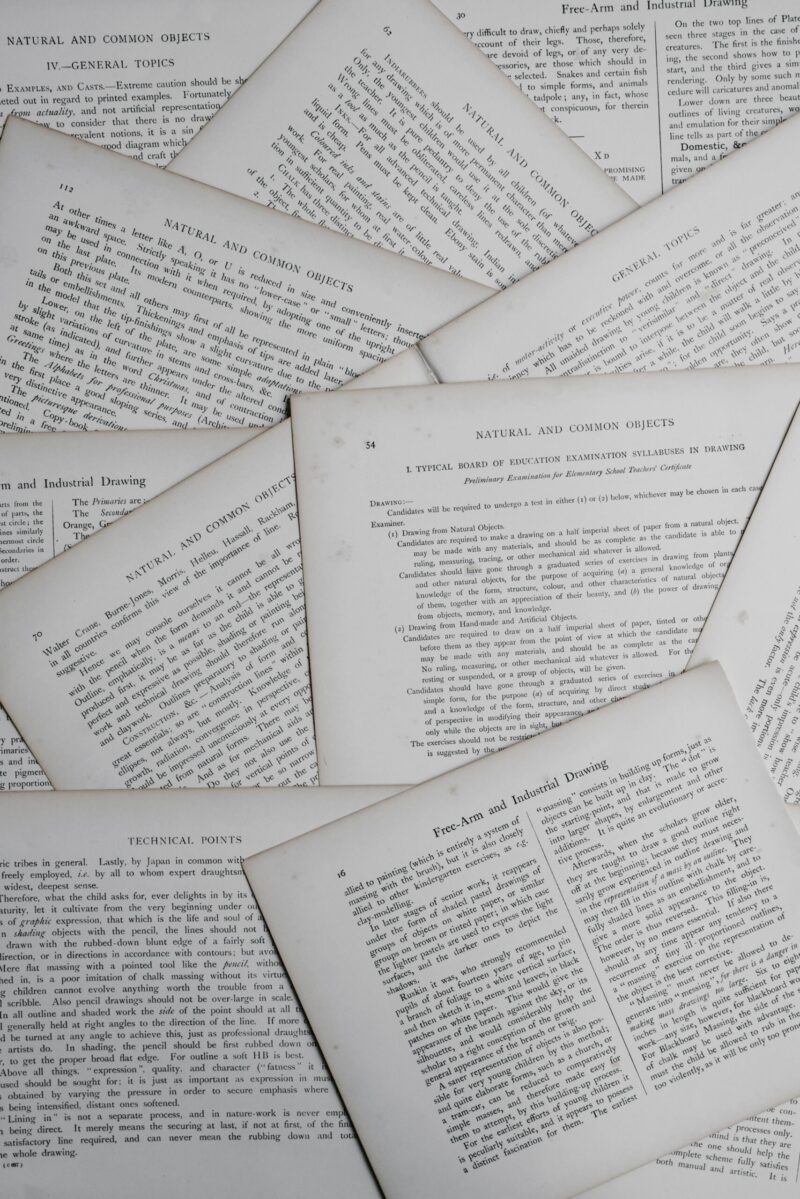So banning of books hit a raw nerve? I think that’s wonderful. Let me tell you a quick story:
Picture it. 1979. I am thirteen, and all that that implies. I close my eyes now and remember the following scenario like it was yesterday:
In Language Arts class. Friday. Watching an interesting filmstrip about Harriet Tubman. Two of my best friends in seats in front of me, whispering together. They glance back at me with wide eyes, smiling. I knew those smiles. Something good was about to go down. I raised my eyebrows and shrugged my shoulders.
What?
I watched my friend write something down on a piece of paper and then fold it up. She stretched her arms behind her and dropped it on the desk of a boy, who then passed the note to me. Trying to keep from being seen by the teacher, I opened the note labeled “Mary’s Eyes Only” carefully and quietly. I read it.
Sleepover at my house tonight in the basement. I have it!!!!!!!
Oh. My. God. I covered my mouth with my hand, barely able to believe it. My friends looked back at me and nodded.
Any 13-year old girl in my school in 1979 knew what “it” was. The book. The one our parents didn’t want us reading. The book about sex, and birth control, and penises and vaginas. No girl’s parents would buy it or let her read it. But there were a couple of copies floating around, mostly belonging to older, more mature girls. Copies belonging to the older girls who let their little sisters read them. Copies that were treasured, protected and idolized. Copies that moved from girl-to-girl, and no matter how hard parents tried, they could not figure out how all of these girls were reading this book.
The book was Forever by Judy Blume.
(Forever delves into the experience of a teenager losing her virginity, and it was groundbreaking when published in the late 1970’s. Blume wrote it for her teenage daughter, who asked her famous author mom to write a book where sex wasn’t punished. The book focuses on birth control and both the practical and romantic details of teen sexuality. The novel is still frequently banned and was actually shelved in the adult section when first published).
It was tricky getting your hands on this book in my school in 1979. Our school didn’t even allow us to wear jeans. A girl had to have connections, and those connections had to have connections. And even with all those connections, sometimes girls were still not lucky enough to be in the “privileged” group of girls deemed “cool” enough to be able to handle such a scorchingly and sexually “subversive” book as Forever.
We were lucky.
We had worked hard to get our turn at “The Book.” Furtive whisperings at lockers, notes written and passed almost constantly in lunch and in gym class, phone calls made that had to be disguised from nosy parental ears (before cell phones, we had to conduct private conversations in the middle of our houses in front of our whole family- can you imagine?), and long bike rides taken to older girl’s houses where bribery commenced- we brought them milkshakes, makeup, magazines. We brought them whatever they wanted and whatever we could afford.
Because they had The Book. And we wanted It.
I will never forget that sleepover. Wrapped up in our sleeping bags, snacks and drinks ready and the Bay City Rollers playing on the record player, I watched as my friend slowly and dramatically removed the book from her backpack. The cover has changed since 1979, but I remember vividly the way the cover looked back then- a young girl’s face inside of an opened locket, the thick black font of the word “Forever” blazing aggressively and diagonally across the cover.
This copy was dog-eared and worn, and I remember we stayed up until 3:00 a.m. reading passages to each other. Time was of the essence. When a girl was given the book, she had one evening to read it, because the next day it had to be given back to an older girl who would then pass it to the next girl on the list. If it was a weekend, the older girl would show up in front of your house to retrieve it. If it was a school day, she would find you as you were walking into school. The most important thing was to never, ever, ever let a parent or teacher know what was going down. The exchange was always surreptitious and quick, and involved absolutely no discussion whatsoever.
It was our own Underground Railroad.
On that night we read the whole book out loud. We took turns with passages, sometimes reading them over and over, and then discussing the parts that confused us. We laughed, we cried, we nodded our heads. We finally understood.
So this is what it is like to be a girl!
Afterward, coming face-to-face with grownups, especially parents and teachers, was always awkward. We were in their world now. They seemed like our contemporaries, not our adversaries. We knew what they knew. We understood sex. They no longer held anything over us. Male teachers became interesting to us, no longer reminding us of our fathers. Boys became annoying- whereas the day before their chasing and hitting and farting might have seemed charming, now their antics just seemed dull and immature.
The book had opened doors for us.
We now knew what boys had. We now knew what boys were capable of. We now knew what men and women did together in the dark without clothes on. We would roll our eyes at their pathetic little attempts to charm us, and just wished they would grow up and become men, like the men in the book.
The book was published in 1975, so ten years later, when we were juniors in high school, the book seemed silly and precocious. We laughed when we thought of what we had gone through to read it. But at thirteen, that book was the hottest thing going. We would have done anything to get our hands on it. Anything. Because that book held knowledge and power. That book held answers to questions that burned in our brains while we slept, answers that we couldn’t get anywhere else.
I think that’s a pretty good illustration of how well book banning goes.


